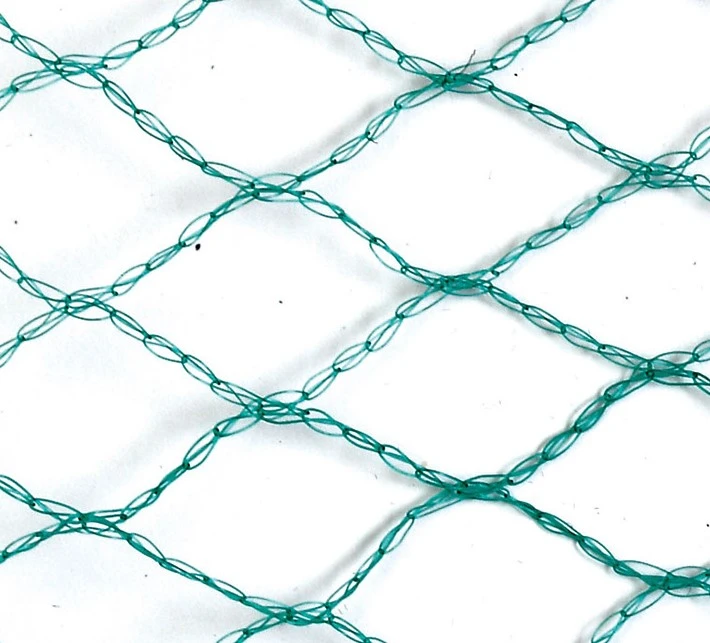-
 Afrikaans
Afrikaans -
 Albanian
Albanian -
 Amharic
Amharic -
 Arabic
Arabic -
 Armenian
Armenian -
 Azerbaijani
Azerbaijani -
 Basque
Basque -
 Belarusian
Belarusian -
 Bengali
Bengali -
 Bosnian
Bosnian -
 Bulgarian
Bulgarian -
 Catalan
Catalan -
 Cebuano
Cebuano -
 China
China -
 Corsican
Corsican -
 Croatian
Croatian -
 Czech
Czech -
 Danish
Danish -
 Dutch
Dutch -
 English
English -
 Esperanto
Esperanto -
 Estonian
Estonian -
 Finnish
Finnish -
 French
French -
 Frisian
Frisian -
 Galician
Galician -
 Georgian
Georgian -
 German
German -
 Greek
Greek -
 Gujarati
Gujarati -
 Haitian Creole
Haitian Creole -
 hausa
hausa -
 hawaiian
hawaiian -
 Hebrew
Hebrew -
 Hindi
Hindi -
 Miao
Miao -
 Hungarian
Hungarian -
 Icelandic
Icelandic -
 igbo
igbo -
 Indonesian
Indonesian -
 irish
irish -
 Italian
Italian -
 Japanese
Japanese -
 Javanese
Javanese -
 Kannada
Kannada -
 kazakh
kazakh -
 Khmer
Khmer -
 Rwandese
Rwandese -
 Korean
Korean -
 Kurdish
Kurdish -
 Kyrgyz
Kyrgyz -
 Lao
Lao -
 Latin
Latin -
 Latvian
Latvian -
 Lithuanian
Lithuanian -
 Luxembourgish
Luxembourgish -
 Macedonian
Macedonian -
 Malgashi
Malgashi -
 Malay
Malay -
 Malayalam
Malayalam -
 Maltese
Maltese -
 Maori
Maori -
 Marathi
Marathi -
 Mongolian
Mongolian -
 Myanmar
Myanmar -
 Nepali
Nepali -
 Norwegian
Norwegian -
 Norwegian
Norwegian -
 Occitan
Occitan -
 Pashto
Pashto -
 Persian
Persian -
 Polish
Polish -
 Portuguese
Portuguese -
 Punjabi
Punjabi -
 Romanian
Romanian -
 Russian
Russian -
 Samoan
Samoan -
 Scottish Gaelic
Scottish Gaelic -
 Serbian
Serbian -
 Sesotho
Sesotho -
 Shona
Shona -
 Sindhi
Sindhi -
 Sinhala
Sinhala -
 Slovak
Slovak -
 Slovenian
Slovenian -
 Somali
Somali -
 Spanish
Spanish -
 Sundanese
Sundanese -
 Swahili
Swahili -
 Swedish
Swedish -
 Tagalog
Tagalog -
 Tajik
Tajik -
 Tamil
Tamil -
 Tatar
Tatar -
 Telugu
Telugu -
 Thai
Thai -
 Turkish
Turkish -
 Turkmen
Turkmen -
 Ukrainian
Ukrainian -
 Urdu
Urdu -
 Uighur
Uighur -
 Uzbek
Uzbek -
 Vietnamese
Vietnamese -
 Welsh
Welsh -
 Bantu
Bantu -
 Yiddish
Yiddish -
 Yoruba
Yoruba -
 Zulu
Zulu
Durable Plastic Garden Netting for Effective Plant Protection and Pest Control
The Benefits of Plastic Garden Netting for Gardeners
In the pursuit of creating a thriving garden, gardeners are often on the lookout for effective tools and materials that can assist them in overcoming various challenges posed by nature. One such invaluable asset is plastic garden netting. This versatile material offers multiple benefits, making it a favored choice amongst hobbyists and professional gardeners alike.
Plastic garden netting, typically made from high-density polyethylene (HDPE), provides a lightweight yet durable solution for a plethora of gardening needs. Its primary functionality lies in its ability to provide protection for plants, crops, and garden produce. Whether it’s shielding fragile seedlings from birds or preventing larger animals from accessing ripe fruits and vegetables, garden netting plays a critical role in safeguarding plants from potential threats. As a result, gardeners can enjoy a higher yield without the constant worry of losing their hard-earned produce to pests.
One of the standout features of plastic garden netting is its versatility. Available in various sizes, mesh densities, and colors, gardeners can choose netting that best suits their specific needs. For instance, fine mesh netting is ideal for protecting smaller plants from birds and insects, while larger mesh openings may be suitable for ensuring air circulation while still deterring larger animals. This adaptability not only helps in protecting different types of plants but also allows for creative uses in the garden, such as creating trellises or supports for climbing plants.
plastic garden netting

Moreover, plastic garden netting is remarkably easy to install and maintain. Unlike other protective materials that may require extensive setup or regular upkeep, plastic netting can be quickly draped or secured over plants. Many gardeners appreciate the simplicity of using garden netting, as it can be easily cut to size and fitted to various structures or plants without the need for specialized tools. Additionally, plastic garden netting is resistant to weathering, making it a suitable option for long-term use. With proper care, it can last several seasons, providing ongoing protection and support for garden growth.
Environmental considerations are also worth noting when discussing plastic garden netting. While it is essential to be mindful of plastic usage in our gardens, many manufacturers are now producing eco-friendly options, creating netting that is made from recycled materials or designed to be biodegradable. As gardeners increasingly prioritize sustainability, having access to options that align with these values is crucial. Utilizing recyclable netting helps reduce waste and adds a level of responsibility to gardening practices.
In addition to protection and versatility, plastic garden netting can also contribute to improved plant growth. By providing a physical barrier, netting facilitates better air circulation and sunlight penetration, promoting healthy growth. This is particularly vital in dense plantings, where competition for resources can hinder development. The use of netting ensures that each plant receives adequate light and airflow, enhancing their overall growth and vitality.
In conclusion, plastic garden netting is an essential tool for gardeners aiming to protect their plants while also promoting optimal growth. Its durable, lightweight nature, coupled with its versatility and ease of installation, makes it an appealing choice. As gardeners continue to seek methods that align with eco-friendly practices, sustainable garden netting options provide additional value. By incorporating plastic garden netting into their gardening strategies, gardeners can enjoy enhanced productivity and peace of mind, knowing their plants are well-protected. Whether you are a seasoned gardener or just starting your horticultural journey, investing in quality garden netting could very well be one of the best decisions you make for your green space.
-
Shipping Plastic Bags for Every NeedNewsJul.24,2025
-
Safety Netting: Your Shield in ConstructionNewsJul.24,2025
-
Plastic Mesh Netting for Everyday UseNewsJul.24,2025
-
Nylon Netting for Every UseNewsJul.24,2025
-
Mesh Breeder Box for Fish TanksNewsJul.24,2025
-
Expanded Steel Mesh Offers Durable VersatilityNewsJul.24,2025











